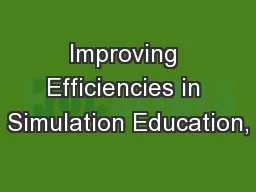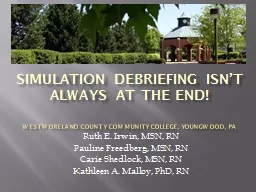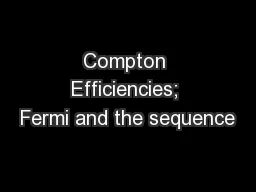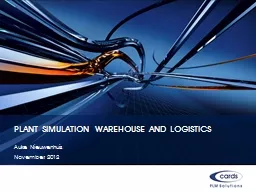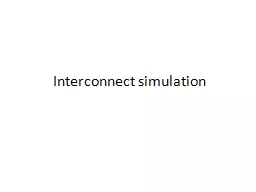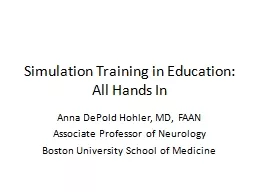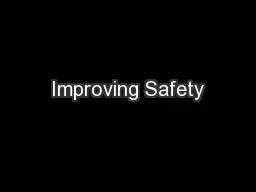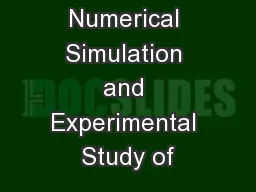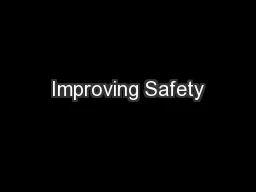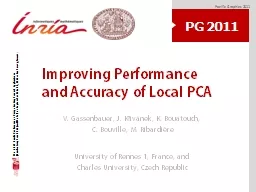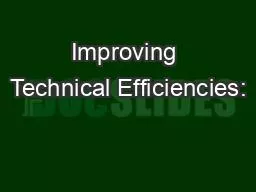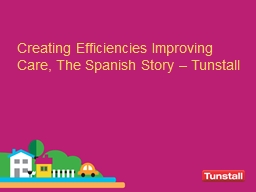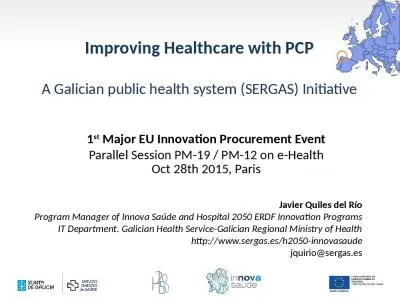PPT-Improving Efficiencies in Simulation Education,
Author : kittie-lecroy | Published Date : 2017-06-16
Blended Learning in Basic and Advanced Cardiac Life Support Training Geoffrey T Miller Associate Director Research and Curriculum Development Division of Prehospital
Presentation Embed Code
Download Presentation
Download Presentation The PPT/PDF document "Improving Efficiencies in Simulation Edu..." is the property of its rightful owner. Permission is granted to download and print the materials on this website for personal, non-commercial use only, and to display it on your personal computer provided you do not modify the materials and that you retain all copyright notices contained in the materials. By downloading content from our website, you accept the terms of this agreement.
Improving Efficiencies in Simulation Education,: Transcript
Download Rules Of Document
"Improving Efficiencies in Simulation Education,"The content belongs to its owner. You may download and print it for personal use, without modification, and keep all copyright notices. By downloading, you agree to these terms.
Related Documents

